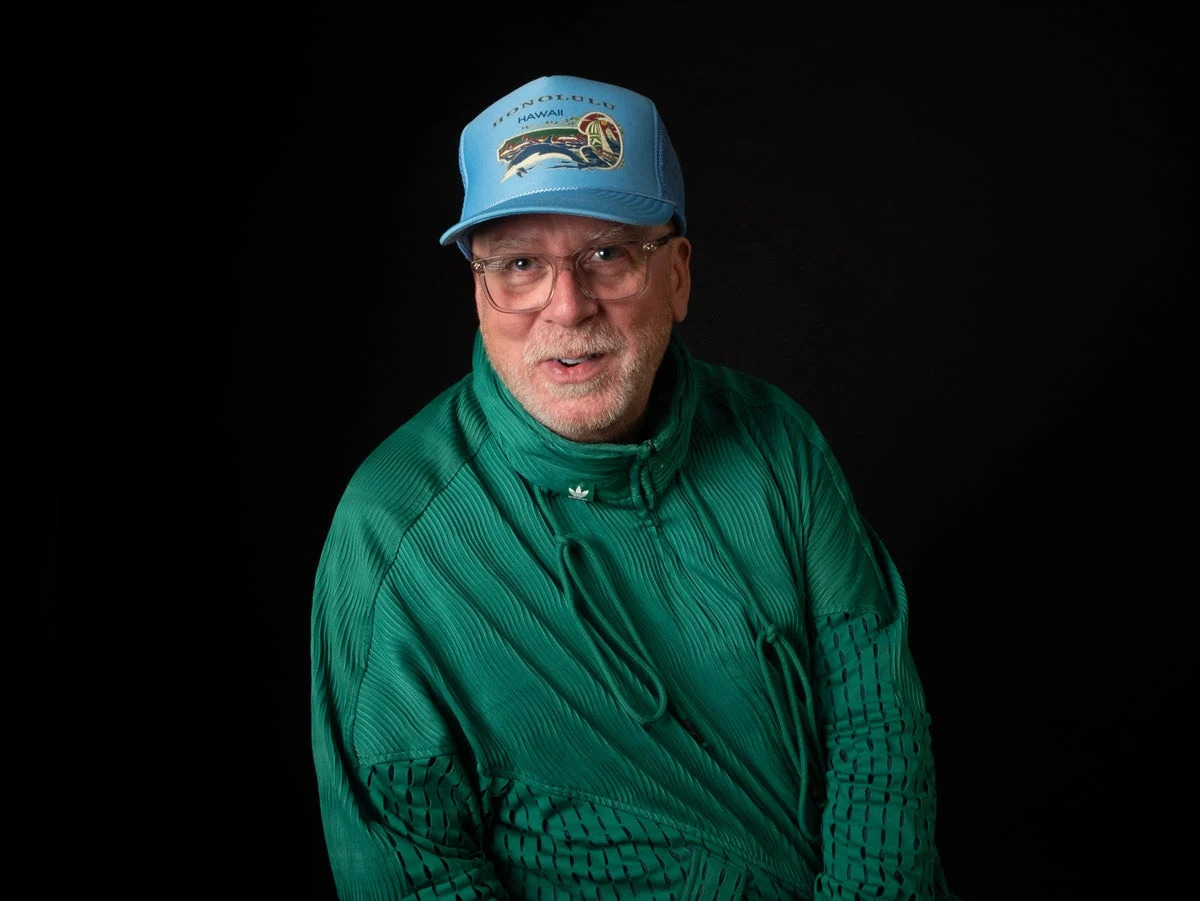MANGALURU: In an age where innovations in digital devices and social media dominate our lives, a treasure trove concealed in the sands of time, living and beating in the heart of Mangaluru, offers a profound connection with the past. With its rare collection of artefacts, each with its own fascinating story to tell, ‘Aloyseum’ takes one on a journey through time. From ancient relics to beautiful pieces of art, the exhibits at this museum showcase the rich heritage of the region.
Located on the premises of the prestigious St Aloysius College, Aloyseum was started in 1913 by Italian Jesuit Fr Chiapi with some minerals, herbarium and a collection of Roman coins, a gift from the Collegio Vieta in Italy. Its present location close to the chapel offers easy access to visitors, especially those coming to see the chapel’s paintings. “The museum began as a part of college collections, kept together in a room.

Later, we began looking at the possibility of turning the room into a museum. There was no proper presentation then due to space constraints, but with the growing collection, we shifted it all to a larger building. Five years ago, the exhibits were displayed in a different building, placed in a haphazard way.
After 2019, we shifted them again to the present edifice, where you see a well-planned museum,” Fr Melwin Joseph Pinto, SJ, Rector of St Aloysius Institutions, tells The New Sunday Express. Aloyseum features a spacious main hall with five additional side halls. Within the main hall, there are eight expansive showcases.
The first holds a collection of global curiosities, including a Neolithic stone axe, fragments of the Berlin Wall, artefacts from the Holy Land and a piece of Arctic rock. The smaller showcases are filled with an array of brass and bronze items, a diverse lamp collection, African artefacts, antique porcelain vases and dishes, shells, and an extensive assortment of cameras -- ranging from early models to contemporary electronics. Additional smaller displays feature mineral specimens, fossils and a variety of rare stamps and currency notes from different countries.
Interesting exhibits in the main hall also include the college’s first generator, which was installed long before Mangaluru got electricity supply, the institution’s inaugural computer, and vintage laboratory equipment. The hall also houses an impressive collection of radios, gramophones and TV sets. On the left wall, visitors can admire religious statues, a collection of historical photographs dating back to 1902, and a snapshot of the first Independence Day celebrations at St Aloysius College.
Additionally, there are old maps, newspapers, and manuscripts on display. The first side hall showcases a variety of skeletons, including that of a whale sourced from Beliapatam near Kozhikode in Kerala. The second side hall features the first car to arrive in Mangaluru, a significant shift from the earlier modes of transportation, which involved carriages and horseback-riding.
Granite posts used for tethering horses can still be seen in this section. The third hall is dedicated to rare books and works, including palm leaf manuscripts, missals and vestments used during mass, as well as a Hebrew scroll and other items that require climate control. “There are some collections of rocks, seashells and corals, which are rare; not many museums have these special verities’ collections.
We have got thousands of coins and more than a lakh of stamps, but due to a lack of space, are unable to display all of them. Hence, our plan is to shift it to a larger space, where we can display everything,” Fr Pinto concluded. Aloyseum is open to visitors every day from 9 am to 5 pm with a lunch break between 1 pm and 2 pm.
The admission fee is Rs 30 for adults and Rs 10 for children and St Aloysius students. The museum also offers a bulk discount for more than 80 members..



















